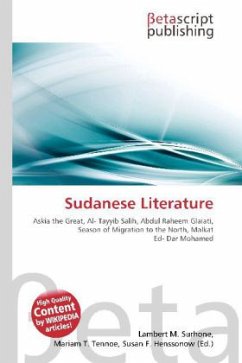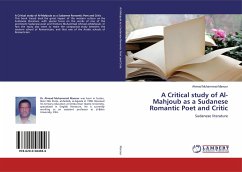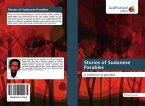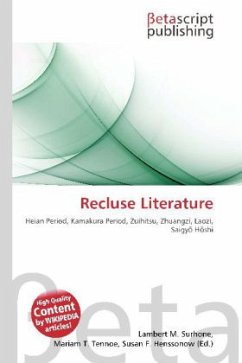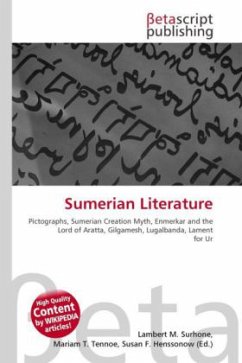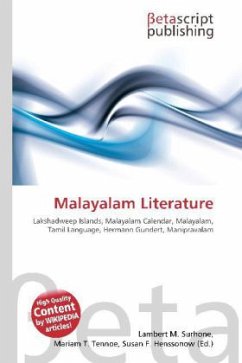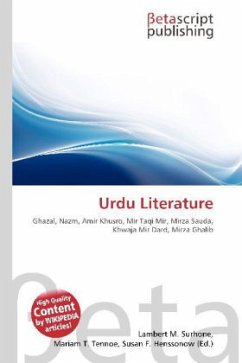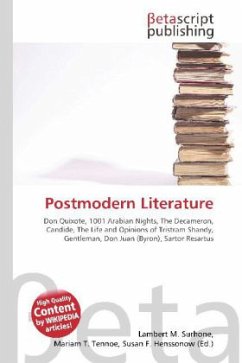Please note that the content of this book primarily consists of articles available from Wikipedia or other free sources online. There are records of Sudanese literature dating from the 15th century, but it wasn''t until the 16th and 17th centuries that a distinctive Sudanese literature began to appear. The ruler of Sudan, and the Songhai Empire at the time, Askia the Great was a patron of literature. According to the 16th-century Moroccan explorer Leo Africanus, writing in 1510 CE, In Timbuctoo there are numerous judges, doctors and clerics, all receiving good salaries from the king. He pays great respect to men of learning. There is a big demand for books in manuscript, imported from Barbary (North Africa). More profit is made from the book trade than from any other line of business. Literature today is largely written in the Arabic language, but certain genres also in other local languages, such as poetry in the Beja language. Both written literature, and oral tradition, such as folklore are found. At the beginning of the 20th century, there was a trend of transcribing spoken tales.
